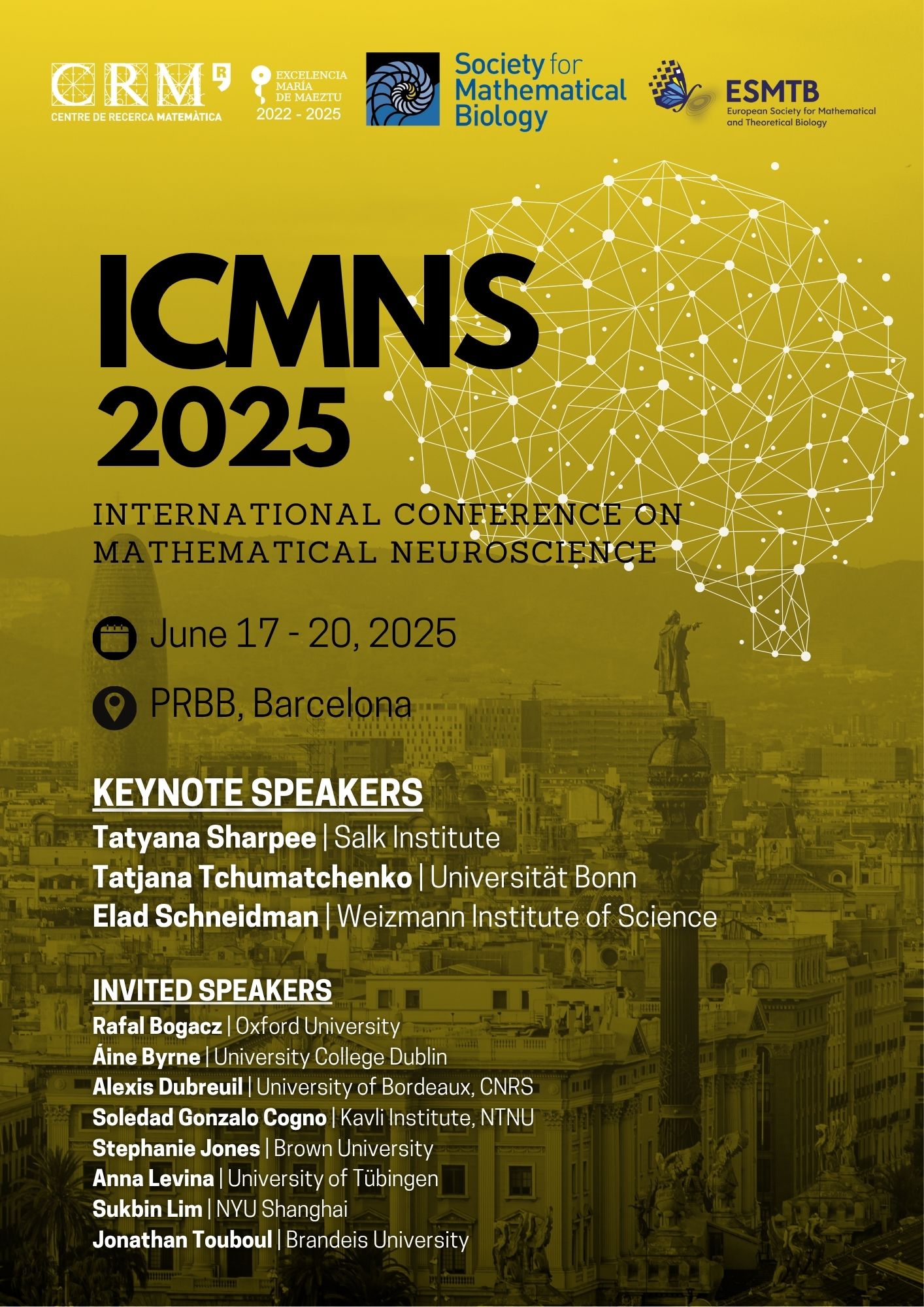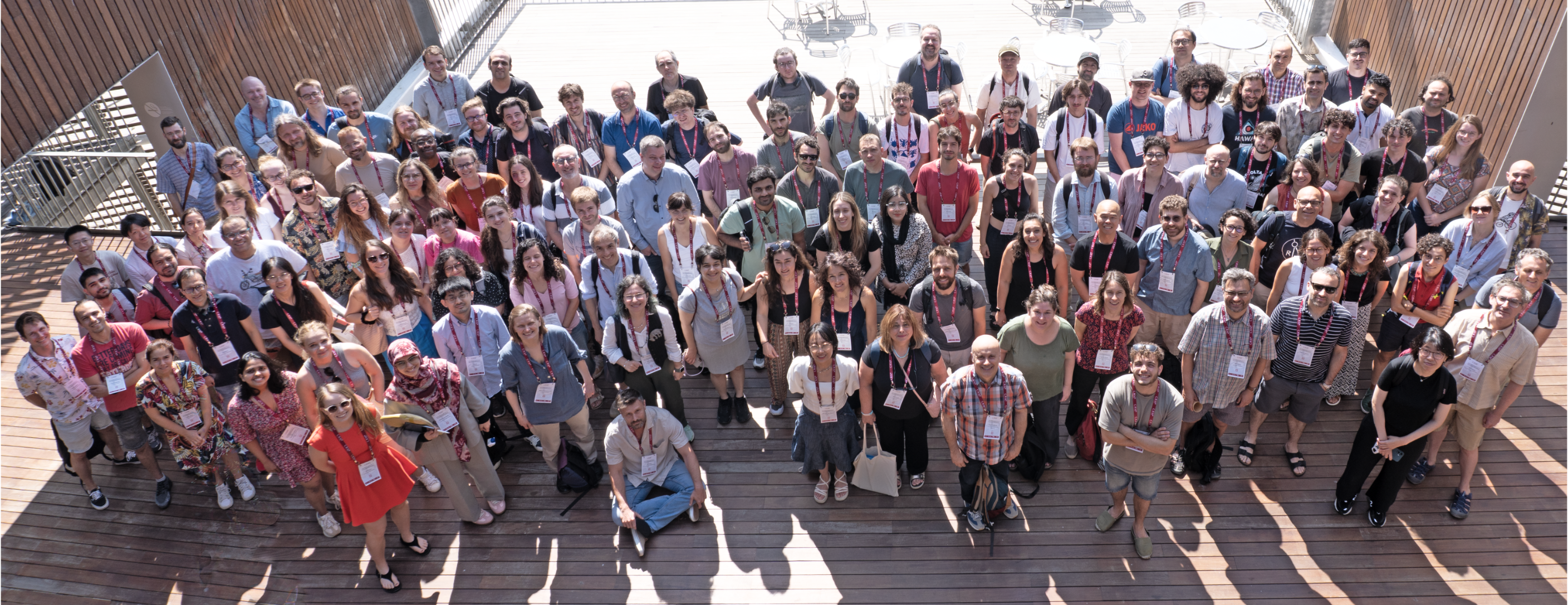ICMNS 2025
International Conference on Mathematical Neuroscience
REGISTRATION FEE
(Includes attendance to the congress, gala dinner, coffee breaks and a sandwich from Tuesday to Thursday)
300€ Standard registration
250€ Registration for postdocs
170€ Registration for students
SCHEDULE
ABSTRACTS CONTRIBUTED TALKS & POSTERS
International Conference on Mathematical Neuroscience (ICMNS 2025)
Sign into June 20, 2025
Venue: PRBB, Barcelona - Rooms: Auditorium / Marie Curie
To register, please, click on the SIGN IN button on the left.
*Please note that presenting a contribution does not exempt participants from paying the registration fee.
PRBB Parc de Recerca Biomèdica de Barcelona
PRBB Parc de Recerca Biomèdica de Barcelona
PRBB Parc de Recerca Biomèdica de Barcelona (visit)
The International Conference on Mathematical Neuroscience (ICMNS) is an inter-disciplinary conference series, bringing together theoretical/computational neuroscientists and mathematicians. The conferences are aimed at scientists interested in using or developing mathematical techniques for neuroscience problems. ICMNS 2025 will be the tenth annual conference. ICMNS 2024 was held in Dublin, whereas previous editions were held in Copenhagen, Juan les Pins and Boulder, Colorado.
KEYNOTE SPEAKERS
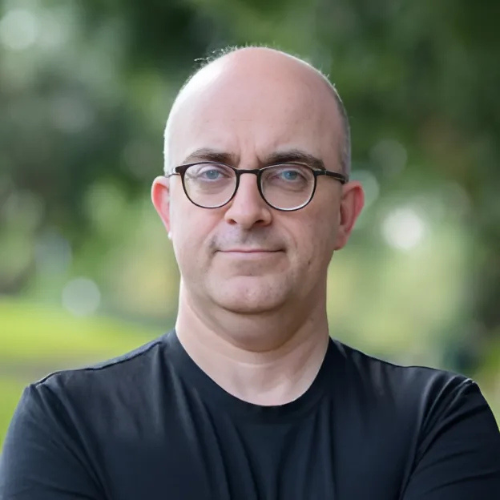
Elad Schneidman
Weizmann Institute of Science
Personal Website
Learning the code of large neural populations using sparse random projections
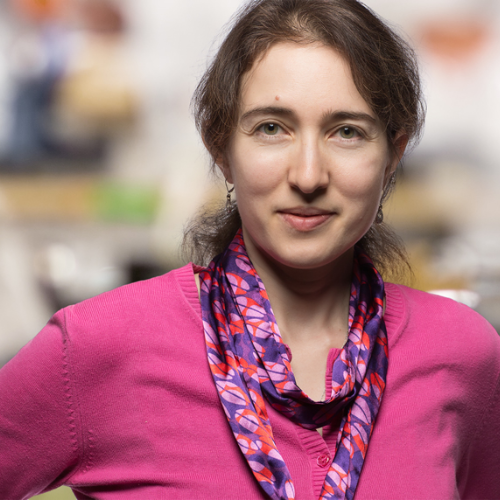
Tatyana Sharpee
Salk Institute
Personal Website
How neural manifolds change with learning
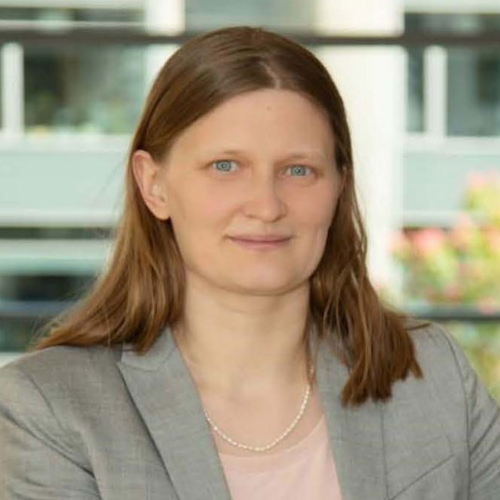
Tatjana Tchumatchenko
Universität Bonn
Personal Website
Energy minimization as an organizing principle for neural proteins
INVITED SPEAKERS
Rafal Bogacz | Oxford University
Abstract
Áine Byrne | University College Dublin
Abstract
Alexis Dubreuil | University of Bordeaux, CNRS
Abstract
Soledad Gonzalo Cogno | Kavli Institute, NTNU
Abstract
Stephanie Jones | Brown University
Abstract
Anna Levina | University of Tübingen
Abstract
Sukbin Lim | NYU Shanghai
Abstract
Jonathan Touboul | Brandeis University
Abstract
Jonathan Touboul | Brandeis University
Gemma Huguet | Universitat Politècnica de Catalunya (UPC) – CRM
Ernest Montbrió | University Pompeu Fabra (UPF)
Alex Roxin | Centre de Recerca Matemàtica (CRM)
Victoria Booth | U. Michigan, USA
Alla Borisyuk | U. Utah, USA
Carina Curto | U. Brown, USA
Rodica Curtu | U. Iowa, USA
Silvia Daun | U. Cologne, Germany
Boris Gutkin | Ecole Normale Supérieure, Paris, France
Vivien Kirk | University of Auckland
Elif Koksal | INRIA, Rennes, France
Songting Li | Shanghai Jiao Tong University
André Longtin | U. Ottowa, Canada
Gianluigi Mongillo | CNRS, Paris, France
Simona Olmi | Istituto dei Sistemi Complessi, CNR, Florence, Italy
Horacio Rotstein | NJIT, USA
Tilo Schwalger | TU, Berlin, Germany
Susanne Schreiber | HU-Berlin, Germany
Kyle Wedgwood | U. Exeter, England
Cati Vich | UiB, Mallorca
SCHEDULE
Tuesday 17th June, 2025 | Wednesday 18th June, 2025 | Thursday 19th June, 2025 | Friday 20th June, 2025 | |||||
- Registration | ||||||||
Room: Auditorium | ||||||||
08:50 09:50 | - Welcome | Elad Schneidman Weizmann Institute of Science Learning the code of large neural populations using sparse random projections | Tatjana Tchumatchenko Universität Bonn Energy minimization as an organizing principle for neural proteins | |||||
Room: Auditorium | ||||||||
09:50 10:30 | Àine Byrne University College Dublin The importance of model selection when studying gap junctions: A cautionary tale | Soledad Gonzalo Cogno Kavli Institute, NTNU | ||||||
10:30 11:00 | Coffee Break | Coffee Break | Coffee Break + Group Picture | Coffee Break | ||||
Room: Auditorium | Room: Marie Curie | Room: Auditorium | Room: Marie Curie | Room: Auditorium | Room: Marie Curie | Room: Auditorium | Room: Marie Curie | |
11:00 11:30 | Bastian Pietras Universitat Pompeu Fabra Beyond Synchrony: The Role of Electrical Synapses in Neural Pattern Formation | Jakub Vohryzek Universitat Pompeu Fabra Human brain dynamics are shaped by rare long-range connections over and above cortical geometry | Marc Burillo Garcia Universitat de Barcelona - Sorbonne Université | James MacLaurin New Jersey Institute of Technology The Hydrodynamic Limit of Neural Networks with Balanced Excitation and Inhibition | Gregory Handy University of Minnesota Glial ensheathment of inhibitory synapses drives hyperactivity and increases correlations | Gabriel Koch Ocker Boston University Fluctuations in strongly coupled soft-threshold integrate-and-fire networks | ||
Room: Auditorium | Room: Marie Curie | Room: Auditorium | Room: Marie Curie | Room: Auditorium | Room: Marie Curie | Room: Auditorium | Room: Marie Curie | |
11:30 12:00 | Janus Rønn Lind Kobbersmed Aarhus Universitet One-shot normative modelling of whole-brain functional connectivity | Horacio G. Rotstein New Jersey Institute of Technology & Rutgers University | Lindsay Stolting Indiana University | Daniele Avitabile Vrije Universiteit Amsterdam Noise-induced pattern formation in networks of spatially-dependent neural networks | Alexandre Mahrach IDIBAPS Fine-tuning of attractors on a ring underlies the learning of robust working memory in mice | Daniel Trotter University of Ottawa Homeostatic gain modulation drives changes in heterogeneity expressed by neural populations | Shoshana Chipman University of Chicago Dynamic Mean Field Theories for Correlated Strong Noise in Nonlinear Gain | |
Room: Auditorium | Room: Marie Curie | Room: Auditorium | Room: Marie Curie | Room: Auditorium | Room: Marie Curie | Room: Auditorium | Room: Marie Curie | |
12:00 12:30 | Gabriele Casagrande Institut de Neurosciences des Systèmes Classification of Neural Mass Models based on codimension-2 bifurcations | Matteo Martin University of Padova | Mohadeseh Shafiei Kafraj University College London | Louisiane Lemaire University of Montpellier | Daniil Radushev Higher School of Economics Metric Framework of Synchronous States Identification in Spiking Neural Networks | Pierre Houzelstein École Normale Supérieure PSL University | ||
Room: Auditorium | Room: Marie Curie | Room: Auditorium | Room: Marie Curie | Room: Auditorium | Room: Marie Curie | Room: Auditorium | Room: Marie Curie | |
12:30 13:00 | Damien Depannemaecker Institut de Neuroscience des Systèmes A Neural Mass Model with Neuromodulation for Whole-Brain Modeling in Parkinson's Disease | Xenia Kobeleva Ruhr University Bochum | Marisa Saggio INS, Aix-Marseille University Paths to depolarization block: modeling neuron dynamics during spreading depolarization events | Tahra Eissa University of Colorado Boulder Uncertainty in stimulus dynamics drives asymmetries in evidence integration | ||||
13:00 14:50 | Lunch | Lunch | Lunch | Room: Auditorium (13:00 - 13:40) Jonathan Touboul Brandeis University Beyond the uniform coverage hypothesis: coding without a map, or with fluctuating maps | ||||
Room: Auditorium | ||||||||
14:50 15:30 | Alexis Dubreuil University of Bordeaux, CNRS The role of population structure in computations through neural dynamics | Anna Levina University of Tübingen Timescales of neural activity and their determinants in spatially connected model | ||||||
Room: Auditorium | Room: Marie Curie | Room: Auditorium | Room: Marie Curie | Room: Auditorium | Room: Marie Curie | |||
15:30 16:00 | Akke Mats Houben Universitat de Barcelona | Cheng Ly Virginia Commonwealth University | Justyna Signerska-Rynkowska Dioscuri Centre in TDA Understanding neuronal responses to transient inputs: a dynamical systems approach | Jonathan Rubin University of Pittsburgh | Virginia Bolelli Universite Paris-Saclay Modeling cyclic-sequential brain activity via biologically plausible dynamics | Uros Sutulovic University of Trento gPC-based robustness analysis of neural systems through probabilistic recurrence metrics | ||
Room: Auditorium | Room: Marie Curie | Room: Auditorium | Room: Marie Curie | Room: Auditorium | Room: Marie Curie | |||
16:00 16:30 | Zhuo-Cheng Xiao New York University Shanghai Minimizing information loss reduces spiking neuronal networks to differential equations | Borja Mercadal Neuroelectrics tDCS montage optimization for the treatment of epilepsy using Neurotwins | Kasper Smeets École Polytechnique Fédérale de Lausanne Rate-like dynamics of memory-dependent spiking neural networks | Jyotika Bahuguna Laboratoire des Neurosciences cognitive et adaptive | Kamyar Tavakoli University of Ottawa Neural Signal Prediction and Demixing via Multi-Time Delay Reservoir Computing | |||
16:30 18:30 | Poster session 1 | Poster session 2 | Poster session 3 | |||||
18:30 | Reception | |||||||
20:00 | ||||||||
Resolutions: Sent
The available poster boards at the venue measure 1 meter wide by 2 meters high. Posters within these dimensions are acceptable. There will be four poster sessions throughout the event. Please visit the conference website regularly for updates and to find out when your poster is scheduled
Printing Services in Barcelona
If you need to print your poster once you arrive in Barcelona, you can do so at TPI Copisteria. They offer both cardboard and photographic paper printing services.
You can contact them via email to arrange the printing and provide them with the details of what you want to print. The prices are approximately as follows:
- €25 for printing on cardboard
- €45 for printing on photographic paper
Payment can be made either via bank transfer or in person when you pick up the printed materials at the shop. The shop is located just a 10-minute walk from the venue.
To place your order or for more information, you can contact them via email at: copisteria@tpicopi.com
For further details, visit their website: https://tpicopi.com/
ABSTRACTS CONTRIBUTED TALKS & POSTERS
registration
You will be asked to create a CRM web user account before registering to the activity through the following link (please note that it will be necessary to fill in both the personal and academic requested information in the web user intranet):
CRM USER CREATION
Once you have created your CRM user, you can sign in on the activity web page to complete your registration or click on the following link.
REGISTER
LIST OF PARTICIPANTS
| Name | Institution |
|---|---|
| Tatyana Sharpee | Salk Institute |
| Sophie Jaffard | Université Côte d'Azur |
| Saeed Taghavi | The Zapata-Briceño Institute of Neuroscience for Research on Human Intelligence |
| Victor Buendia Ruiz-Azuaga | Bocconi University |
| Mayu Ohira | Saitama University |
| Louisiane Lemaire | Inria Branch at the University of Montpellier |
| Sarah Gaubi | Pasteur Institute, Paris |
| Justyna Signerska-Rynkowska | Gdansk University of Technology |
| Olesia Dogonasheva | Institut de l'Audition, Pasteur Institute |
| Eddy Kwessi | Trinity University |
| Daniil Radushev | National Research University Higher School of Economics |
| Sukbin Lim | New York University Shanghai |
| Axel Hutt | Institute National de Recherche en Informatique et Automatique |
| Théo Leblanc | Université Paris Dauphine PSL |
| Francesca Castaldo | Neuroelectrics |
| Enrica Pirozzi | University of Campania Luigi Vanvitelli |
| Zhenxing Hu | FEMTO-ST Institute |
| Borja Mercadal | Neuroelectrics |
| Helmut Schmidt | Institute of Computer Science, Czech Academy of Sciences |
| Edmundo Lopez-Sola | Neuroelectrics Barcelona |
| Roser Sanchez-Todo | Neuroelectrics |
| Giulio Ruffini | Neuroelectrics Barcelona SL |
| Virginia Bolelli | Université Paris-Saclay |
| Ajay Kumar | Indian Institute of Technology Jodhpur |
| Gianni Valerio Vinci | Istituto Superiore di Sanità |
| Denis Zakharov | HSE University |
| Martina Acevedo | Hospital del Mar Research Institute (IMIM) |
| Etienne Tanré | Université Côte d'Azur |
| Elif Köksal | Inria Lyon Centre |
| Guillaume Girier | Institute of computer science of Prague |
| Petros Evgenios Vlachos | Frankfurt Institute for Advanced Studies |
| Manuel Molano-Mazón | UPC |
| Michael Yartsev | UC Berkeley |
| Manaoj Aravind Vivekanandan | Institut FEMTO-ST |
| Akke Mats Houben | Universitat de Barcelona |
| Marc Burillo Garcia | Universitat de Barcelona |
| Silvana Silva Pereira | Universitat Autònoma de Barcelona |
| Pau Clusella | Universitat Politècnica de Catalunya |
| Gemma Huguet Casades | Universitat Politècnica de Catalunya |
| Antoni Guillamon Grabolosa | Universitat Politècnica de Catalunya |
| Adrià Tauste Campo | Universitat Politècnica de Catalunya |
| Lluc Tresserras Pujadas | Universitat Politècnica de Catalunya |
| Alberto Pérez Cervera | Universitat Politècnica de Catalunya |
| Pau Pomés | Universitat Pompeu Fabra |
| Francesco Damiani | Universitat Pompeu Fabra |
| Jakub Vohryzek | Universitat Pompeu Fabra |
| Raul de Palma Aristides | Universitat Pompeu Fabra |
| Jacopo Epifanio | Universitat Pompeu Fabra |
| Bastian Pietras | Universitat Pompeu Fabra |
| Ernest Montbrió | Universitat Pompeu Fabra |
| Lou Zonca | Universitat Pompeu Fabra |
| Rubén Moreno Bote | Universitat Pompeu Fabra |
| Dmytro Grytskyy | Universitat Pompeu Fabra |
| Sofia Gil-Rodrigo | Universitat Pompeu Fabra |
| Marian Martínez Marín | Universitat Pompeu Fabra |
| Albert Juncà | Universitat de Girona |
| Gustavo Patow | Universitat de Girona |
| Ignacio Martín | Universitat de Girona |
| Alex O'Hare | Universitat de Les Illes Balears |
| Rosa Maria Delicado Moll | Universitat de Les Illes Balears |
| Catalina Vich | Universitat de Les Illes Balears |
| Pablo Vizcaíno | Universidad Complutense de Madrid |
| Rubén Vigara | Universidad de Zaragoza |
| Ana Mayora-Cebollero | Universidad de Zaragoza |
| Carmen Mayora-Cebollero | Universidad de Zaragoza |
| Roberto Barrio | Universidad de Zaragoza |
| Encarnación Marcos Sanmartín | Universitat Pública Miguel Hernández |
| Gabriela Navas | University of California |
| Julien Corbo | Rutgers |
| Gregory Handy | University of Minnesota |
| Wei Qin | University of Melbourne |
| Amira Meddah | Johannes Kepler University of Linz |
| Zachary Friedenberger | University of Ottawa |
| Camille Godin | University of Ottawa |
| SeyedKamyar Tavakoli | University of Ottawa |
| Daniel Trotter | University of Ottawa |
| jeremie lefebvre | University of Ottawa |
| Songting Li | Shanghai Jiao Tong University |
| Yang Qi | Fudan University |
| Yuxiu Shao | Beijing Normal University |
| Congcong Du | Beijing Normal University |
| Noah Marko Mesic | University of Zagreb |
| Janus Rønn Lind Kobbersmed | Aarhus University |
| Diego Vidaurre | Aarhus University |
| Pablo Oyarzo | Aarhus University |
| Boris Gutkin | École normale supérieure - Paris |
| Pierre Houzelstein | École normale supérieure - Paris |
| Thi Quynh Nga Nguyen | École normale supérieure - Paris |
| Louise Martineau | University of Strasbourg |
| Jyotika Bahuguna | University of Strasbourg |
| Maria Luisa Saggio | Aix-Marseille University |
| Gabriele Casagrande | Aix-Marseille University |
| Damien Depannemaecker | Aix-Marseille University |
| Simon Déjean | University of Bordeaux |
| Alexis Dubreuil | University of Bordeaux |
| Gregorio Rebecchi | University of Nice Sophia Antipolis |
| Louis Köhler | University of Nice Sophia Antipolis |
| Mahraz Behbood | Humboldt University of Berlin |
| Ece Kuru | Humboldt University of Berlin |
| Alina Podschun | Humboldt University of Berlin |
| Jakob Stubenrauch | Humboldt University of Berlin |
| Anna Levina | University of Tübingen |
| Tatjana Tchumatchenko | University of Bonn |
| Kanaan Mousaei | University of Bonn |
| Cornelius Bergmann | University of Bonn |
| Marius Yamakou | University of Erlangen-Nuremberg |
| Xenia Kobeleva | Ruhr University Bochum |
| Ronja Strömsdörfer | Technical University of Berlin |
| Tilo Schwalger | Technical University of Berlin |
| Lena Schadow | University of Lübeck |
| Áine Byrne | University College Dublin |
| Niamh Fennelly | University College Dublin |
| Brian Skelly | University College Dublin |
| Elad Schneidman | Weizmann Institute of Science |
| Luca Falorsi | Sapienza University of Rome |
| Morten Gram Pedersen | University of Padua |
| Matteo Martin | University of Padua |
| Daniele Andrean | University of Padua |
| Jawad Ali | University of Bologna |
| Marco Cafiso | University of Pisa |
| Diletta Bartolini | University of Pavia |
| Uros Sutulovic | University of Trento |
| Yutaka Shimada | Saitama University |
| Dirk Doorakkers | VU University Amsterdam |
| Daniele Avitabile | VU University Amsterdam |
| Soledad Gonzalo Cogno | Norwegian University of Science and Technology |
| Niranjana Sudheer | Norwegian University of Life Sciences |
| Maren Bråthen Kristoffersen | Norwegian University of Life Sciences |
| Louis Pezon | Swiss Federal Institute of Technology in Lausanne |
| Kasper Smeets | Swiss Federal Institute of Technology in Lausanne |
| Rafal Bogacz | University of Oxford |
| Mohadeseh Shafiei Kafraj | University College London |
| Amir Abbas Ahmad Khanbeigi | University of Manchester |
| Gulistan Iskenderoglu | University of Nottingham |
| Angelica Pozzi | University of Nottingham |
| Grace Jolly | University of Nottingham |
| Oliver Cattell | University of Nottingham |
| Rainer Engelken | Columbia University |
| Shoshana Chipman | University of Chicago |
| Jorge Jaramillo | University of Chicago |
| Michelle Miller | University of Chicago |
| Gengshuo Tian | University of Chicago |
| Zhuo-Cheng Xiao | New York University |
| Thibaud Taillefumier | University of Texas at Austin |
| Jonathan Rubin | University of Pittsburgh - Pittsburgh Campus |
| Tahra Eissa | University of Colorado Boulder |
| Gabriel Ocker | Boston University |
| Lauren Forbes | Boston University |
| Alla Borisyuk | University of Utah |
| Stephanie Jones | Brown University |
| Lindsay Stolting | Indiana University - Bloomington |
| Zahra Aminzare | University of Iowa |
| Ian Ramsey | University of Iowa |
| Andrea Barreiro | Southern Methodist University |
| Leyla Roksan Caglar | Icahn School of Medicine at Mount Sinai |
| Cheng Ly | Virginia Commonwealth University |
| Jonathan Touboul | Brandeis University |
| James Maclaurin | New Jersey Institute of Technology |
| Horacio Rotstein | New Jersey Institute of Technology |
| Anna Wilson Ganzabal | Centre de Recerca Matemàtica |
| Gabriel Mel de Fontenay | Centre de Recerca Matemàtica |
| Alexandre Garcia-Duran | Centre de Recerca Matemàtica |
| Gloria Cecchini | Centre de Recerca Matemàtica |
| Alexandra Antoniadou | Centre de Recerca Matemàtica |
| Klaus Wimmer | Centre de Recerca Matemàtica |
| Alexandre Hyafil | Centre de Recerca Matemàtica |
| Jens-Bastian Eppler | Centre de Recerca Matemàtica |
| Kevin Martínez Añón | Centre de Recerca Matemàtica |
| Lucía Arancibia | Centre de Recerca Matemàtica |
| Alex Roxin | Centre de Recerca Matemàtica |
| Konstantinos Chatzimichail | IDIBAPS |
| Alexandre Mahrach | IDIBAPS |
| Jaime de la Rocha | IDIBAPS |
| Albert Compte | IDIBAPS |
UPF | UB | UPC | UAB
Paying by credit card
ON-CAMPUS AND BELLATERRA
BARCELONA AND OFF-CAMPUS
Travel support
https://www.esmtb.org/Travel-Support
acknowledgement

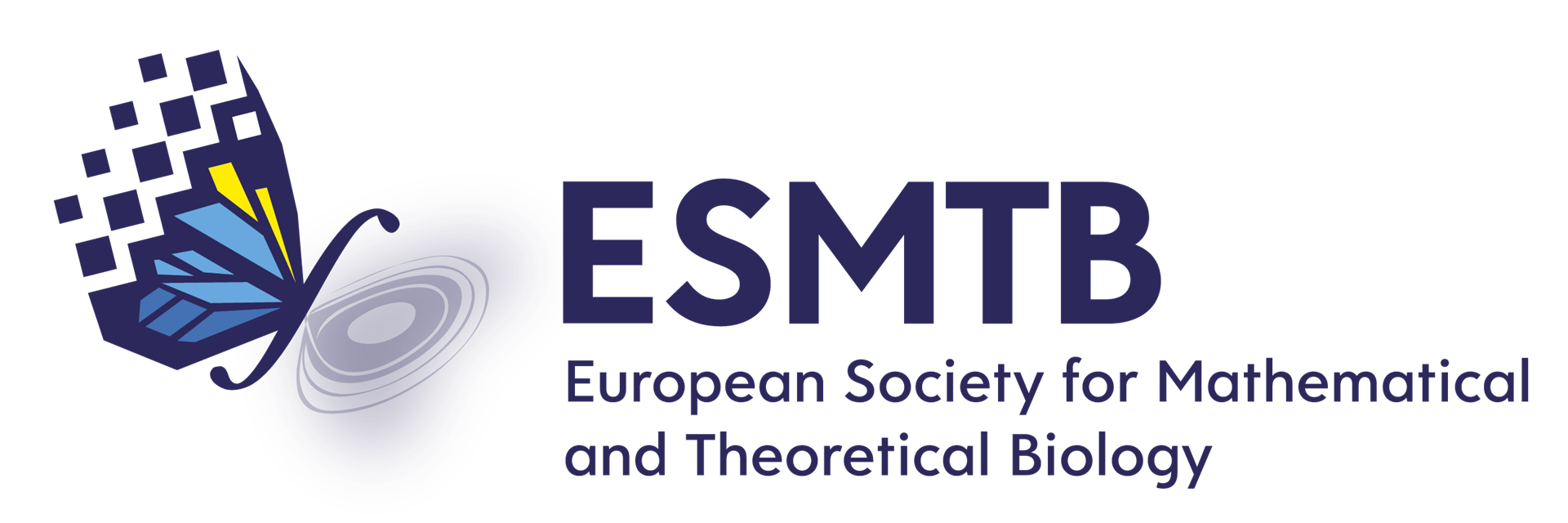
|
For inquiries about this event please contact the Scientific Events Coordinator Ms. Núria Hernández at nhernandez@crm.cat
|
We present a new class of accurate, efficient, and scalable models for the activity patterns of large neural populations. These models rely on sparse, random, and nonlinear projections and are highly accurate in representing the codebook of populations of hundreds of neurons, requiring surprisingly small amounts of training data, while also being scalable and computationally efficient. Interestingly, these models have a biologically plausible implementation via shallow, simple neural circuits that use random, sparse, and nonlinear projections, and can learn using a simple, noise-driven learning rule. We further show that homeostatic synaptic scaling enhances both the efficiency and accuracy of learning such models for very large neural populations. Finally, we discuss how these models may enable the brain to perform Bayesian decoding and to learn metrics over the space of neural codes and external stimuli.
I will describe results showing that neural responses in the hippocampus have a low-dimensional hyperbolic geometry and that their hyperbolic size is optimized for the number of available neurons. It was also possible to analyze how neural representations change with experience. In particular, neural representations continued to be described by a low-dimensional hyperbolic geometry as the animal explored the environment but the radius increased logarithmically with time. This time dependence matches the maximal rate of information acquisition by a maximum entropy discrete Poisson process, further implying that neural representations continue to perform optimally as they change with experience. I will also discuss how and why these results generalize to other levels of biological organization including viral evolution and cell differentiation processes.
Dendritic spines carry thousands of synaptic spines and every spine harbours hundreds of protein species. Hereby, the necessary number of proteins must be maintained at all spines and times to keep synaptic homeostasis and to provide the molecular basis for synaptic plasticity. At the same time, the task to distribute molecules with limited lifespans along the widespread and complex dendritic morphologies is highly demanding. Today, it is not clear which rules determine how neurons approach this task. Here, we provide theoretical and experimental evidence showing that energy minimisation is a strong candidate for such a rule. To this end we use a diffusion reaction model to simulate the distribution of mRNAs and proteins at the soma, dendrites and spines. Our model allows us to calculate neuronal mRNA and protein numbers and to predict which mRNA species are more likely to localize in dendrites based on energetic efficiency. Our model predictions are supported by the experimentally measured neuronal translatomes and proteomes comprising tens of thousands of molecular species.

